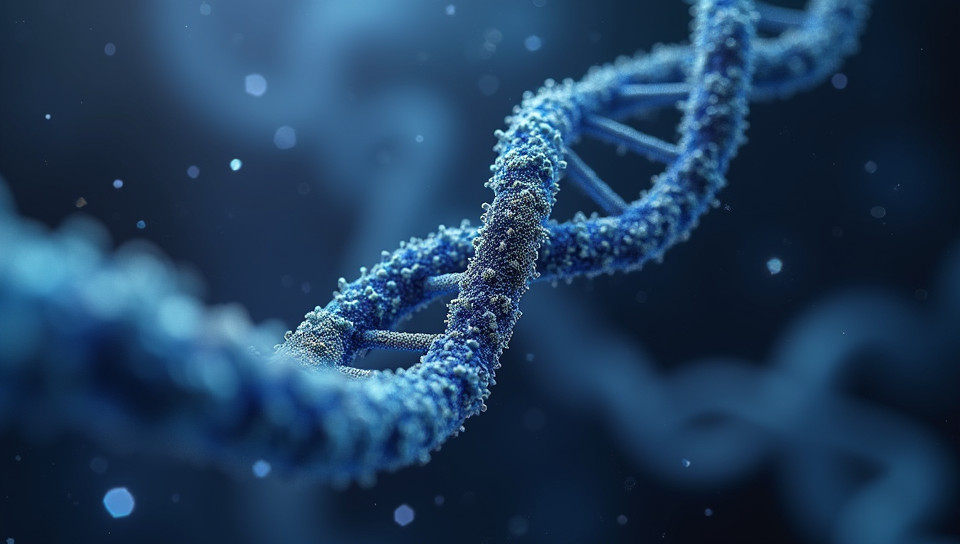CRISPR technology enables DNA sequence modification 62%

The Future of Genetics: How CRISPR Technology is Revolutionizing DNA Sequence Modification
Imagine being able to edit the blueprint of life itself, modifying genes to cure diseases, enhance crop yields, and even bring back extinct species. This may sound like science fiction, but it's a reality made possible by CRISPR technology. In this article, we'll delve into the world of gene editing and explore how CRISPR is changing the game when it comes to DNA sequence modification.
What is CRISPR Technology?
CRISPR (Clustered Regularly Interspaced Short Palindromic Repeats) is a naturally occurring defense mechanism found in bacteria. It allows them to recognize and destroy viral DNA, protecting themselves from infection. Scientists have harnessed this power to develop a tool for editing genes with unprecedented precision.
How Does CRISPR Work?
- It uses a small RNA molecule called a guide RNA (gRNA) that is programmed to find a specific sequence of nucleotides in the genome.
- The gRNA is used to locate and bind to a complementary sequence in the DNA, marking it for editing.
- An enzyme called Cas9 then cuts the DNA at the marked site, allowing scientists to insert new genetic material or repair existing sequences.
Applications of CRISPR Technology
The potential applications of CRISPR are vast and varied:
- Gene Therapy: CRISPR can be used to edit genes that cause inherited diseases, such as sickle cell anemia and cystic fibrosis.
- Crop Improvement: Scientists are using CRISPR to develop crops that are more resilient to disease and environmental stressors.
- Cancer Research: CRISPR is being used to study the mechanisms of cancer development and test new treatments.
Challenges and Limitations
While CRISPR has revolutionized the field of genetics, it's not without its challenges. Some of the limitations include:
- Off-target effects: The enzyme Cas9 can sometimes make unintended cuts in the genome.
- Mosaicism: Not all cells may be edited equally, leading to a mix of edited and unedited cells.
Conclusion
CRISPR technology has opened up new possibilities for DNA sequence modification, allowing us to edit genes with unprecedented precision. As research continues to advance, we can expect to see breakthroughs in the treatment of genetic diseases, crop improvement, and cancer research. While challenges remain, the potential benefits of CRISPR make it an exciting area of study that holds promise for a brighter future.
- Created by: Mehmet Koç
- Created at: Jan. 13, 2025, 4:48 p.m.
- ID: 17788









